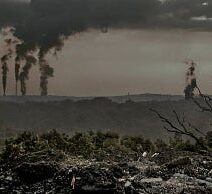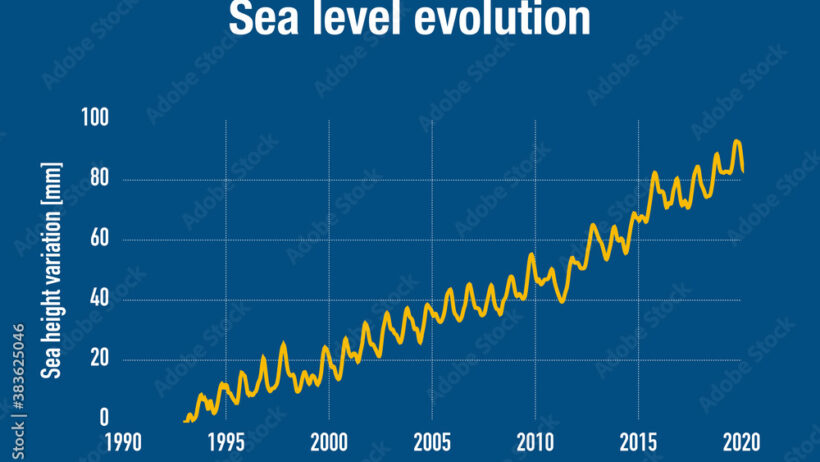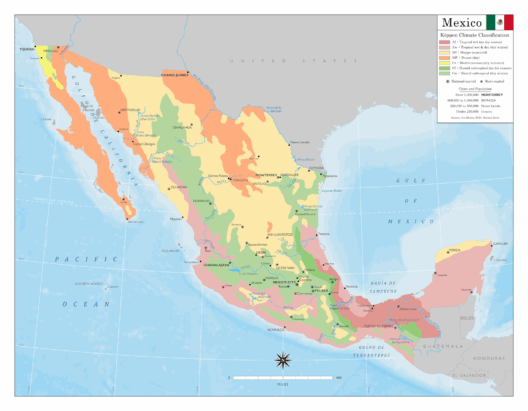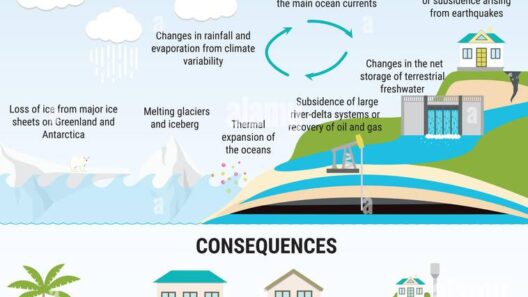Throughout the history of our planet, sea levels have undergone significant fluctuations. From the haunting vistas of ancient coastlines to the encroaching tides that threaten modern settlements, understanding the trajectory of rising oceans requires us to delve deep into geological time and human experience. The inquiry into how long the sea level has been rising compels us to juxtapose scientific findings with poignant observations of our environment.
As the 21st century unfolds, the question presses us: how long have our oceans been rising? The narrative begins with the last Ice Age, tracing its evolution through epochs marked by climatic transformations, geological upheavals, and the burgeoning impact of human civilization on natural systems.
Geological epochs are often the first point of reference when discussing the history of sea level changes. The most recent major transition occurred following the Last Glacial Maximum around 20,000 years ago, when vast volumes of water were trapped in ice sheets covering much of North America and Europe. As the world transitioned into the Holocene epoch approximately 11,700 years ago, rising temperatures led to the melting of these colossal glaciers, liberating immense amounts of freshwater trapped in ice. Consequently, global sea levels began to rise, marking an epoch of profound transformation.
The melting glaciers inundated coastal landscapes, and ancient civilizations found themselves navigating new shorelines. By about 7,000 years ago, sea levels were estimated to be approximately 6 meters (20 feet) lower than they are today, highlighting a remarkably rapid geological transition. With this gradual rise, initial settlements were formed along these shifting coastlines, and human societies adapted to their surroundings while simultaneously influencing their environments.
Fast forward to the Industrial Revolution in the late 18th century—a period that sparked unprecedented transformations in human activity and, inevitably, the natural world. With a burgeoning reliance on fossil fuels and burgeoning urbanization, carbon emissions began to accelerate, ushering in new climatic dynamics. Sea level began to rise more swiftly than ever recorded in human history, heralding alarm bells within the realm of environmental science.
The elevation of sea levels over the last century is nothing short of alarming. Since 1900, global sea levels have risen by approximately 20-25 centimeters (8-10 inches). The modern era has been defined by the acceleration of this phenomenon. Scientific observations reveal that lethal feedback mechanisms—such as the melting of polar ice caps and glacial retreat—are fuelling the current surge, which is now approaching an alarming rate of 3.3 millimeters per year.
As we navigate our present, it is crucial to emphasize the regions most vulnerable to rising sea levels. Low-lying coastal areas and island nations, often inhabited by marginalized communities, are bearing the brunt of this climate crisis. Countries like the Maldives, Bangladesh, and parts of the Pacific Islands serve as harrowing examples of ecosystems and lives teetering on the brink of obliteration. The precarious existence of these locales speaks volumes about the social equity implications inherent in environmental degradation.
Unquestionably, the rise in sea level presents multifaceted challenges—both environmental and socio-economic. Retreating coastlines threaten vital ecosystems, such as mangroves and coral reefs, which serve as sanctuaries for diverse marine species and protect coastal areas from storm surges.
Conversely, our changing oceans fuel escalating tensions surrounding freshwater resources, displacement, and land use. Climate refugees are becoming a stark reality, as millions are already being forced to migrate from inundated homes. Recent reports project that if current trends continue, sea levels could rise by 1 to 2 meters (approximately 3 to 6.5 feet) by the end of this century alone, translating to a harrowing future for coastal inhabitants across the globe.
Innovative adaptation and mitigation strategies are imperative. Infrastructure development and restoration projects, such as natural barriers and strategic zoning, are vital in protecting vulnerable communities. Investments in sustainable practices and clean energy are not only crucial for combating climate change but also for fostering resilience against evolving coastal challenges.
The narrative of rising sea levels is complex, interspersing epochs of geological marvel with tales of human resilience and adversity. Our legacy will largely hinge on the actions we take today. Historical understanding can embolden and inform contemporary debate, unearth hidden truths about our relationship with the oceans, and compel us to question the trajectory of our planet’s health and our survival.
As one contemplates the future, it becomes evident that oceans are not mere expanses of water; they tell a story of change, a reflection of humanity’s triumphs and trials. The paradigm shift necessitates a holistic outlook on our environmental stewardship, recognizing the inseparable connection between the sea and our very existence. As we gear up for a future intertwined with the tides, we are beckoned to renew our commitment to preserving these vital resources and to advocate for vulnerable populations facing the stark reality of rising oceans.








